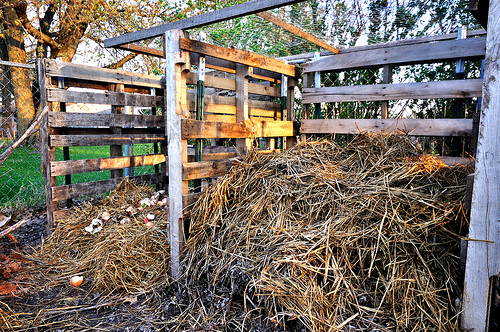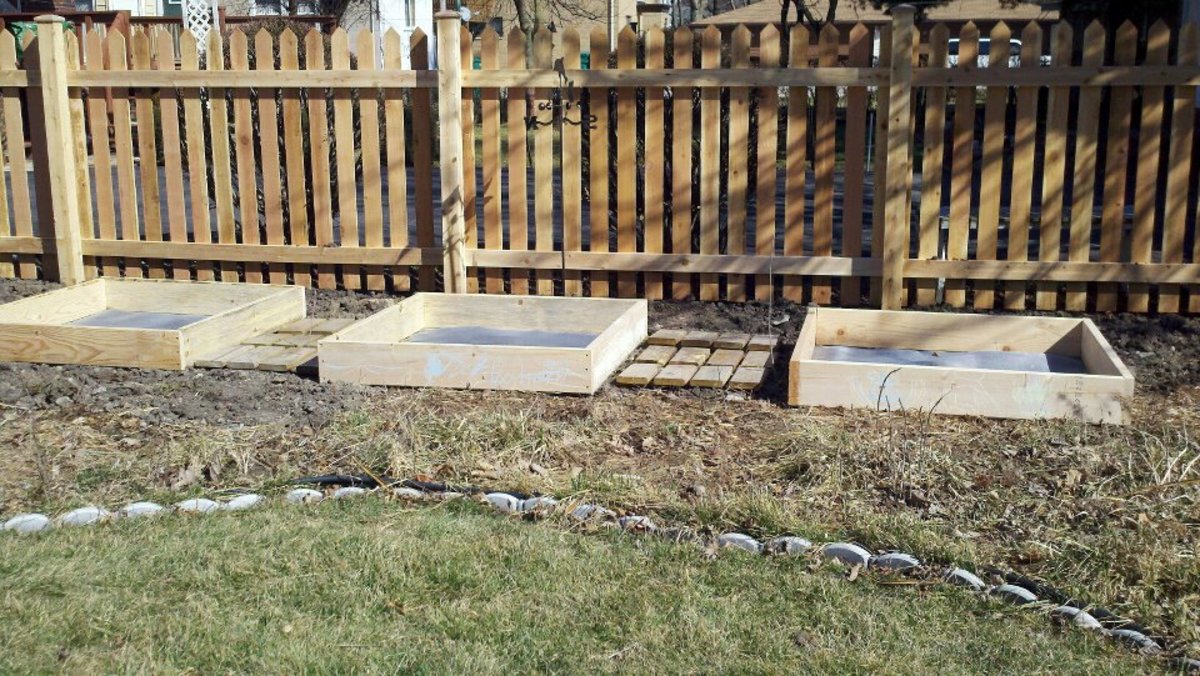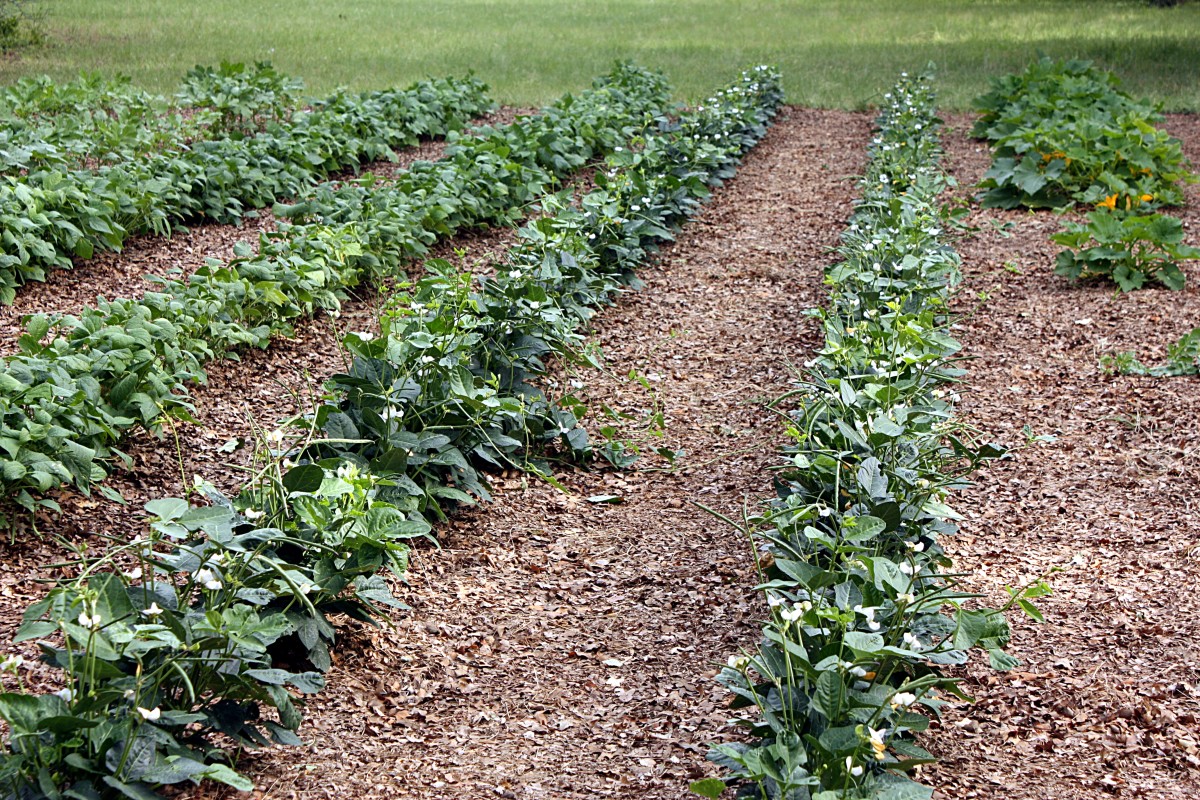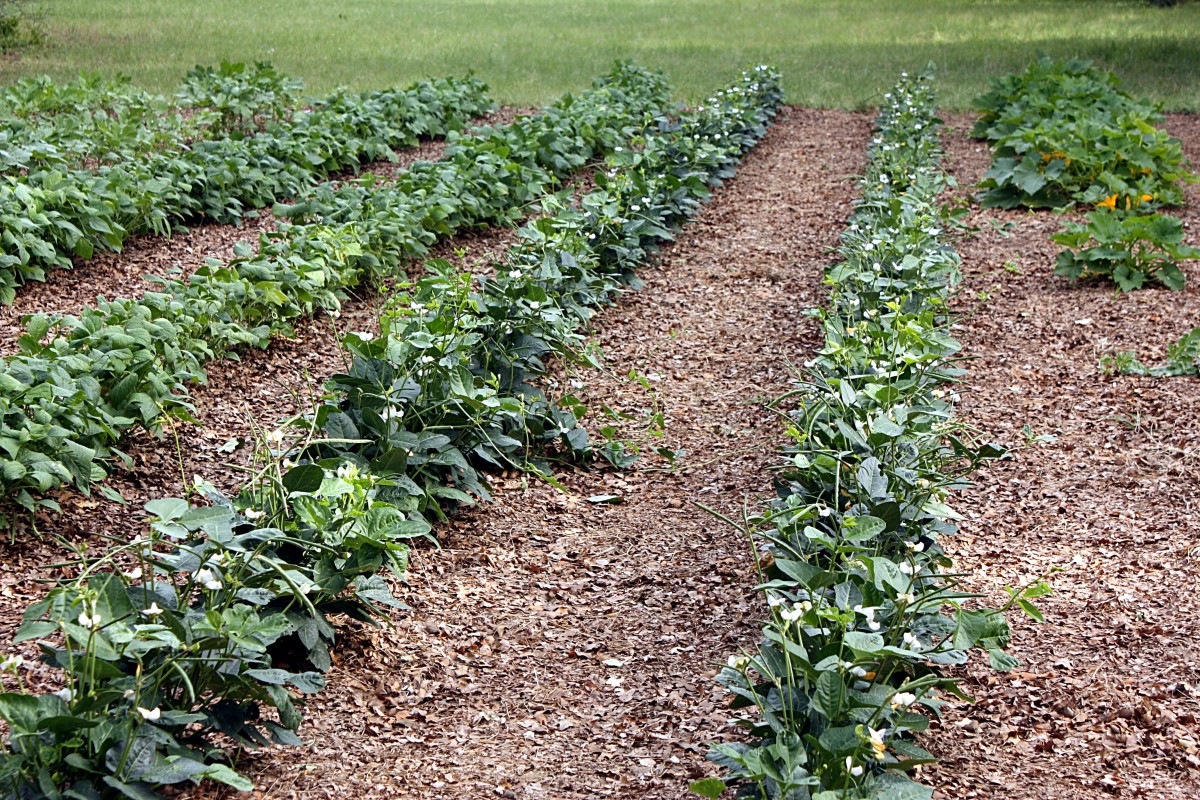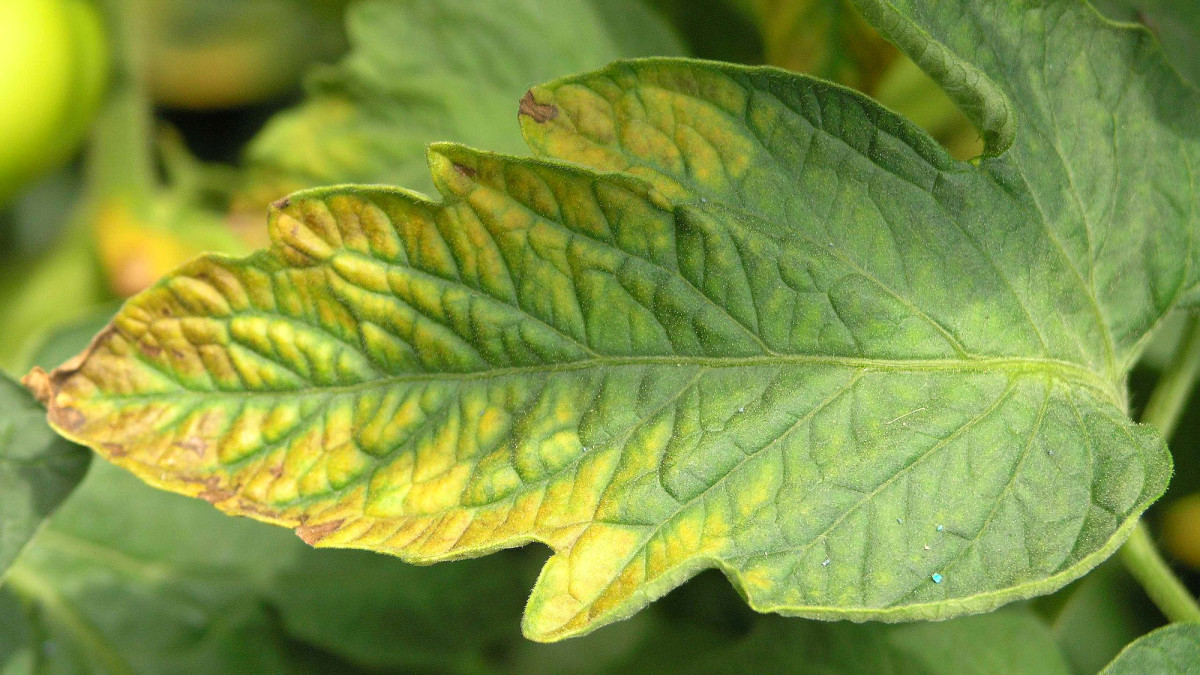Starting a Simple Vegetable Garden
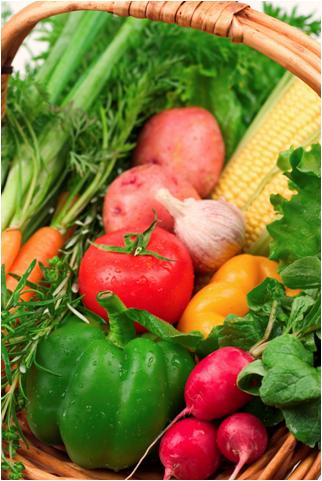
Growing your own vegetables has emerged as a fast moving trend for many reasons. Whether you want healthy organic food; or want to avoid factory produced, chemical-laden produce, it's a great decision. To ensure a great result from your efforts, start small and simple with plants that are easy to grow, prolific in their yields and delicious and easy to eat.
A Few Things to Know
There are a few things to know about growing vegetables that will make life a lot simpler as you go. Let's start by taking a look at what are some of the simplest and least troublesome vegetables: those that are not prone to disease, or in need of special attention or know-how. Easy to grow and easy to eat are two ways to select for a starter garden. And the additional consideration of how much produce you can yield from a small garden crop will put you in a good position to have a productive, prolific and thoroughly enjoyable gardening experience.
Another consideration is the quality of freshness derived from a fresh vegetable garden. Greens, for instance, are compact, fast growing and relatively easy to grow as well as being prolific producers. They are also highly perishable. Fresh greens brought in from the garden, whether a window box, greenhouse or small outdoor plot, are crisp, alive and vibrant in comparison to their transported, marketed counterparts in the local shop.
Truly Fresh Greens and Edible Pod Peas
While you may not want to start with growing celery, which will take much longer to mature and require considerable space for any sizable yield; kale, spinach, lettuces, chards, collards, mustard greens and herbs like cilantro, parsley, basil and thyme will all provide ample yields in small spaces, and will provide continuous optimally fresh yields over the growing season. In fact, many of these can be planted in succession every few weeks for a continuous harvest of fresh greens throughout the growing season.
Another excellent producer and highly edible choice is the edible pod pea. Either snow or snap, these peas will flourish all summer in cooler climates and even do well in warmer climates if planted along a north wall or fence line to avoid over exposure to scorching summer heat. Peas also have the benefit of many salad greens: the more you pick the more they produce. So pick away and eat those delicious tender crunchy pea pods all season long.
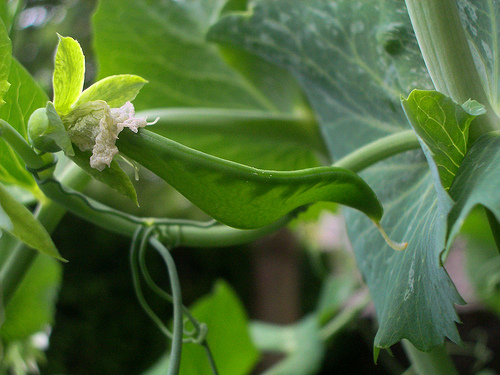
Going Subterranean
Carrots and radishes are also excellent starter choices for the new gardener. Both do very well with little attention and both benefit others in the garden. The smaller radishes will be ready in a few weeks and should be eaten as soon as they are ready as they tend to get woody fairly shortly thereafter, so replant them every couple of weeks for a continuous harvest. Larger radishes should be planted with cucurbit (squash, melon, cucumber) to mine minerals and add vigor to these heavy feeders. Carrots will take a little longer; although you can enjoy the delicious baby carrots as you thin the crop if you over-seed the bed and then pull up half the crop as they grow to allow room for the larger carrots to form. Be sure to give carrots a good loose soil to a depth of at least 9 inches for best results.
The All-American Must-Have
It seems everyone must have tomatoes. It is some sort of cultural meme that just won't go away - perhaps it is the out-of-this world flavor of a fresh garden tomato. Compared to store bought, well, there is no comparison. And just the smell of a freshly ripened tomato from the garden is enough reward to make it all worthwhile. But if you are new to tomatoes, or to gardening, consider starting with cherry tomatoes. They are prolific producers and are ready earlier and longer than standard larger tomatoes. They are also incredibly good and you may find you are eating them in the garden and need to control yourself just to get some to the table, but no matter where you eat them, they are divine.
Should you decide to grow tomatoes, plant parsley and basil all around them; it will improve their flavor and yield, and don't be afraid to plant carrots all around as well. They will add vigor to the tomatoes, and while they may not grow as big as carrots away from tomatoes, they will be flavorful and delicious and you will not mind that they may be a bit shorter, considering all the good they do in the tomato patch. The biggest job when growing tomatoes is to pick back the sucker leaves (those leave that just make more leaf) and to make sure you do not water above ground once they start to set fruit, as the additional water to the plant above ground (and to the fruit) can cause the fruits to split open and crack. And of course, you need to support the fruit when it comes to avoid the plant breaking from the weight of holding up those heavy loads. Set your tomato cages or staking systems in place when you plant to avoid disturbing the root system. And remember: more support is always better than not enough.
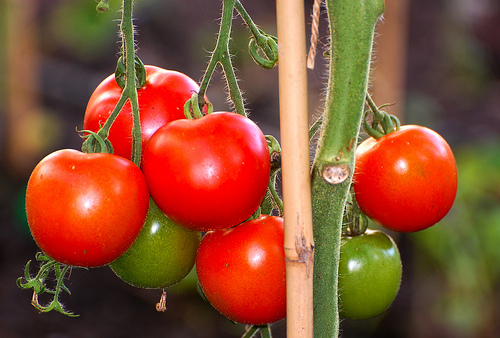
Consider Cucurbits
The squashes are another group of major producers in the garden plot. But in this case you will need to give them room. Plenty of sun, air flow and well-drained soil are a must as squashes can get 'powdery mildew' if they get and stay too moist. Do NOT water them after noon time to help avoid this problem. Remember: zucchini and yellow summer squashes grow upright and get very big; if you want a creeper/crawler, plant a Pattypan, winter or hubbard squash for the sprawling ground cover effect. Also remember you want to plant at least two of your squashes to get proper pollination of flowers. That's two of the same kind of squash, please, unless you want to create a new form of cross pollinated squash plant. (No, you don't, trust me.)
And while we are talking about cucurbits, consider the cucumber. If you enjoy them, they are a mightily prolific and fast growing plant and you will have enough cucumbers to make cucumber salad every night if you plant just a few of them. Give them something to climb and you can grow them in a very small space. They can share a trellis with a nice runner bean and do very well. And that will give you lovely fresh green beans and cucumbers together to enjoy. The beans will be ready earlier and you should start picking them young and tender (but never when wet or you may spread disease) and often. Once the cukes start to be big enough to harvest you can make a gorgeous cucumber salad to have alongside your fresh steamed green beans. Delicious!
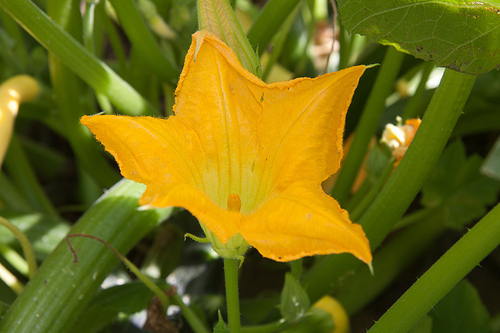
Adding Color and Fragrance
Don't forget the flowers and herbs to assist your garden in every way important to growing plants: beneficial pollinators; pest prevention and all around well-being.
Plant marigolds, cosmos and petunias with abandon. Throughout the season, crush the marigold dried flower heads and spread them around liberally. It's a natural insecticide.
Plant borage for the attraction of bees with season-long blue or white flowering. But be careful, it gets big and floppy in hot weather, so put it on a border or with a companion to hold it up. Plant marjoram, basil, parsley and thyme for eating and some flowering to improve vigor, flavor and vitality of the garden. Plant chamomile anywhere you choose, as it benefits all plants and a tea made of its flowers soaked in clean water for one to two days will aid any ailing plant, stop damping off of seedlings and provide a general tonic.
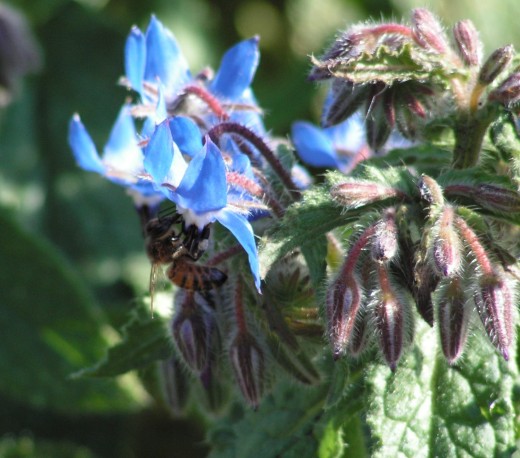
Last But Not Least: Don’t Forget The Foundation
That should give you a good start, assuming you are starting with reasonably clean and healthy soil. If you aren't sure, use a container garden approach and make your own soil from organic compost, coir, vermiculite, aged manure, or whatever mix you choose.
Should you decide to plant a garden in the ground, add generous amounts of organic matter, compost, rock dust, aged manures or whatever is most easily and inexpensively available.
To keep it really simple, get a few 3 to 5 cubic feet of organic compost in bags, lay down heavy cardboard over un-chemically treated lawn, lay the bag on top, laid out flat, cut the top open with a one inch perimeter of plastic around the top and plant directly into the bag. Cut X shaped holes beneath young plants planted or straight lines under rows of seed. Everything listed in the article has been grown by us successfully using this method and more when we were in the unfortunate situation of having very little space and no lead time to build soil.
No matter what path you take, remember that the real power and beauty and energy of growing your own food is the reconnection to nature and to life it provides to your soul. When you put your hands in the soil and produce living plants and food for your table there is some powerful and important re-connection to life itself which, it may turn out, is what is calling all of us to take on the challenge in the first place.
